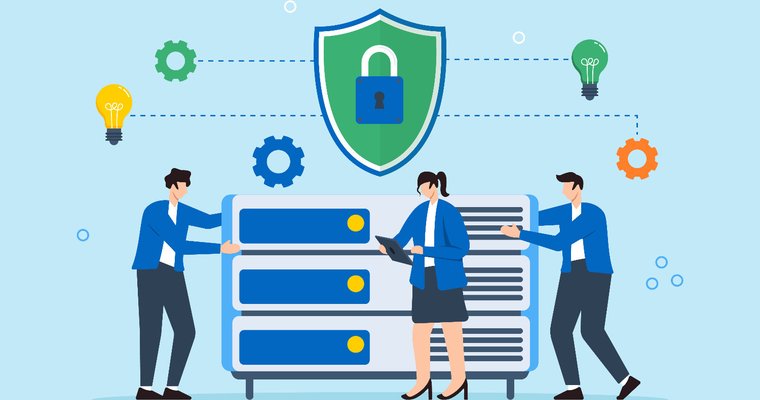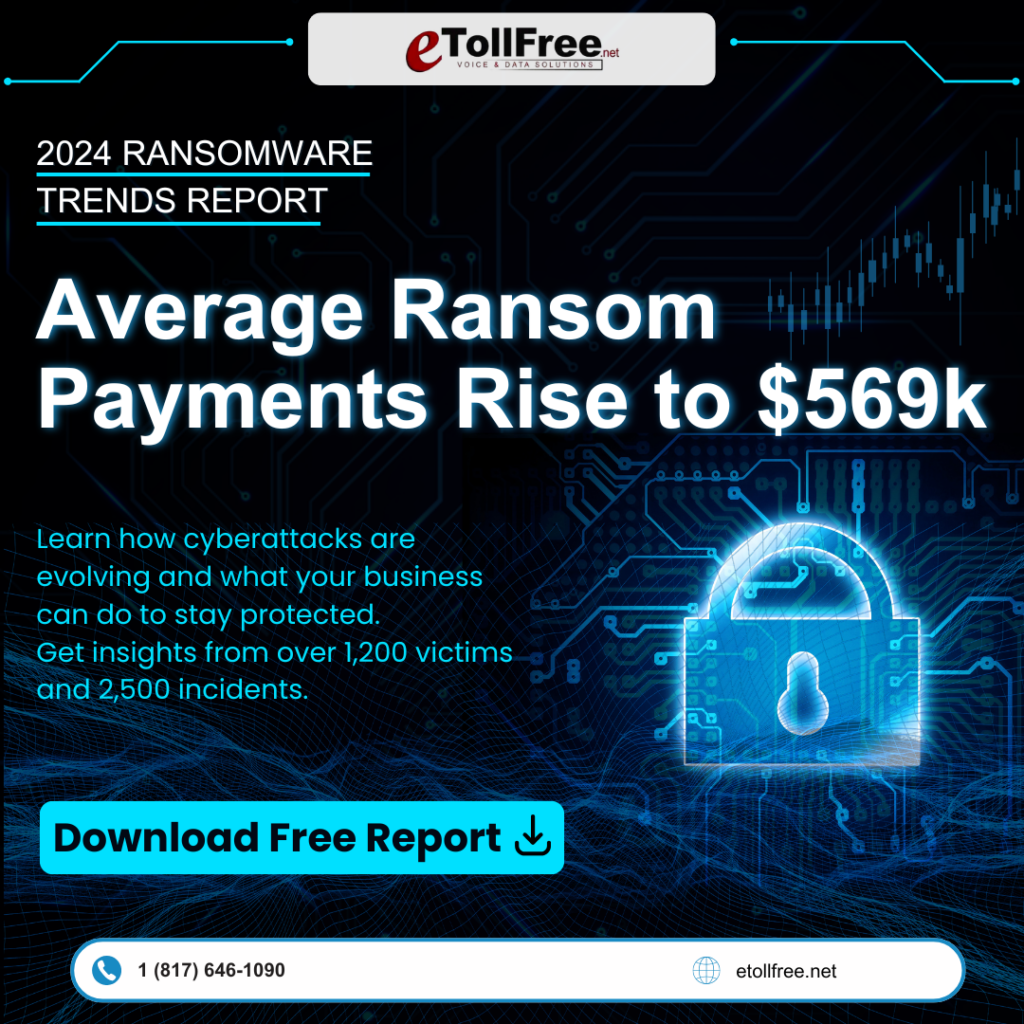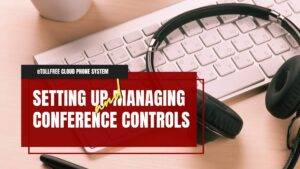How Banks Are Making ATMs Safer for Everyone by Fighting Future Threats
It was a sunny Friday afternoon, and three friends, Alicia, Jake, and Mia, were enjoying themselves at their favorite burger spot after school. As they chatted over fries, Mia went searching in her bag for her debit card, ready to grab some cash from the ATM. Before she left, Jake blurted out, “You ever wonder how banks are enhancing ATM security? I read some crazy stuff about ATMs the other day.”
Alicia chuckled, expecting one of Jake’s wild stories. But this time, Jake was onto something real. He began explaining how banks are hustling to make ATMs safer by 2025, a topic that might initially seem distant but hits closer to home than you’d think. Let’s dive into what Jake shared with his friends and why it matters to any budding entrepreneur or small business owner out there.
New Computer Threats: The Genius Hackers Problem
Imagine computers so powerful they could crack codes that protect our bank accounts like they’re solving a simple puzzle. That’s exactly what quantum computers can do. These advanced machines have the potential to outsmart regular encryption methods, potentially risking our hard-earned money.
Jake explained, “Think of it like upgrading from a flimsy padlock to a solid, unbreakable one. Banks need to develop these foolproof security measures before quantum computers become a tool for hackers.” For small business owners, understanding this helps in realizing the need for safeguarding their transactions and securing customer data effectively.
Following New Security Rules: The Rulebook Rush
Jake pulled out a napkin and scribbled “TR-31”—a set of strict new security rules banks must adhere to by 2025 to keep ATM transactions secure. Failure to comply could mean losing customers or paying hefty fines. It’s like the difference between acing an exam through preparation or facing dire consequences for procrastination.
Banks must handle these rules deftly, ensuring they not only follow the codes but manage them properly. For entrepreneurs, this is akin to staying ahead of market trends to remain competitive and prevent financial pitfalls.
Updating Old Machines: The Grandma-Tech Problem
In front of them stood an old ATM, resembling what Jake likened to “grandma’s flip phone.” Many ATMs still use outdated technologies, making them easy targets for hackers. Transitioning these machines to newer, cloud-based systems can offer enhanced protection and features.
For banks, this is more than a simple software update—it’s a significant investment that demands time and money. Entrepreneurs can relate this to updating their own business technology to improve efficiency and security, ultimately leading to better customer service and trust.
Planning Ahead: Why It Matters
Jake’s final point struck a chord: “Imagine the bank not preparing and then charging us extra fees to cover the mess from their delays. It’s all about being prepared today to keep our money secure tomorrow.”
For any small business owner, this concept is vital. Investing in security now, whether in banking or within their own operations, builds reliability and customer trust. It’s the same reason why entrepreneurs plan their strategies long before launch day.
As Mia headed to the ATM with a newfound understanding, she realized the importance of banks enhancing ATM security wasn’t just some big corporate problem. It hit home, affecting everyone from individual customers to small businesses.
In a world with rapid technological advancements, being ahead of potential threats and securing our financial infrastructures can help us all sleep better at night, knowing our hard-earned cash is safe.
















